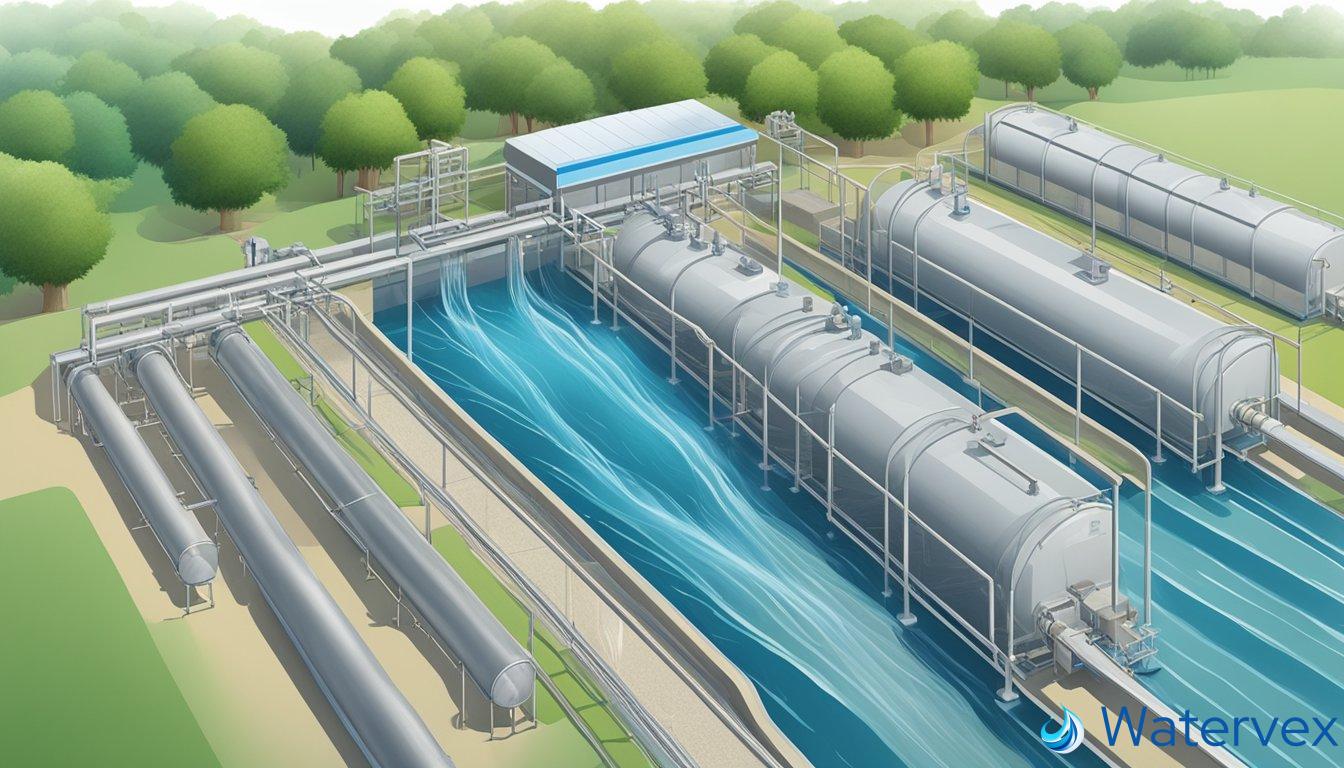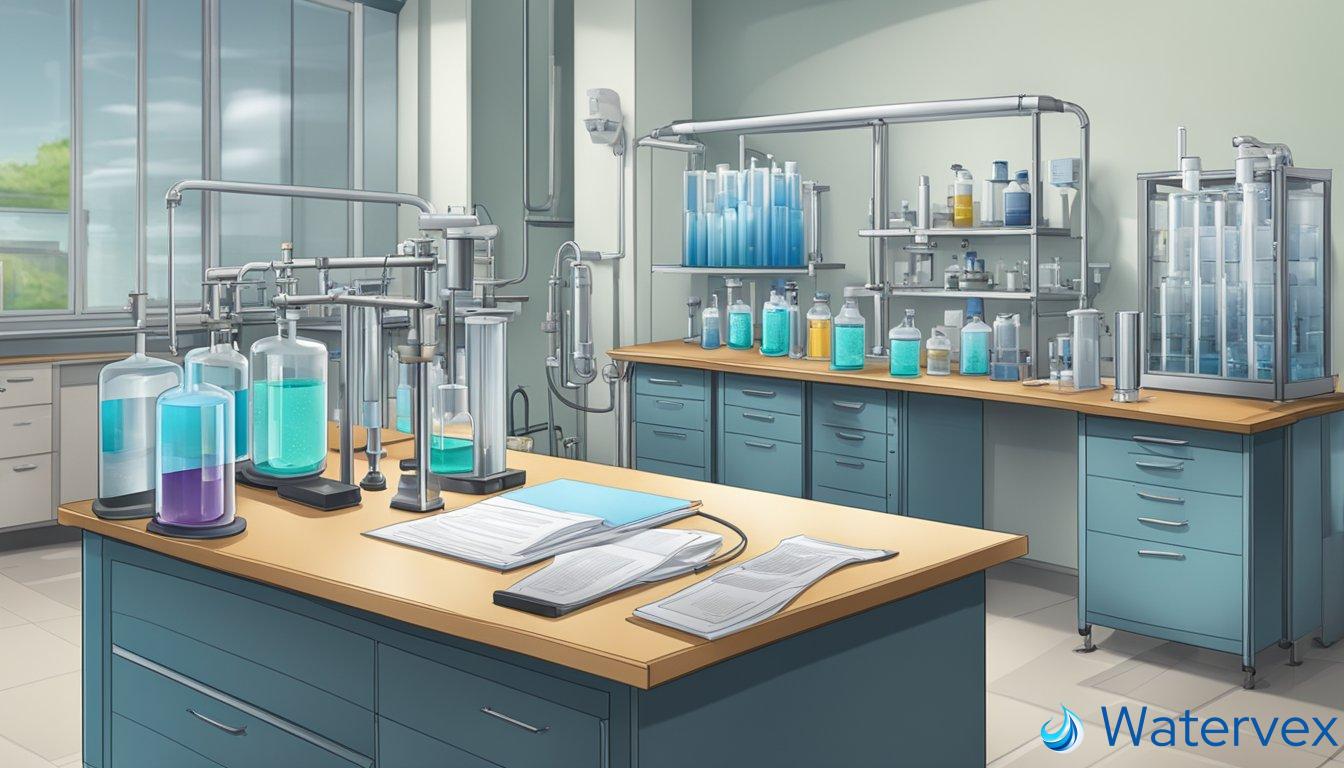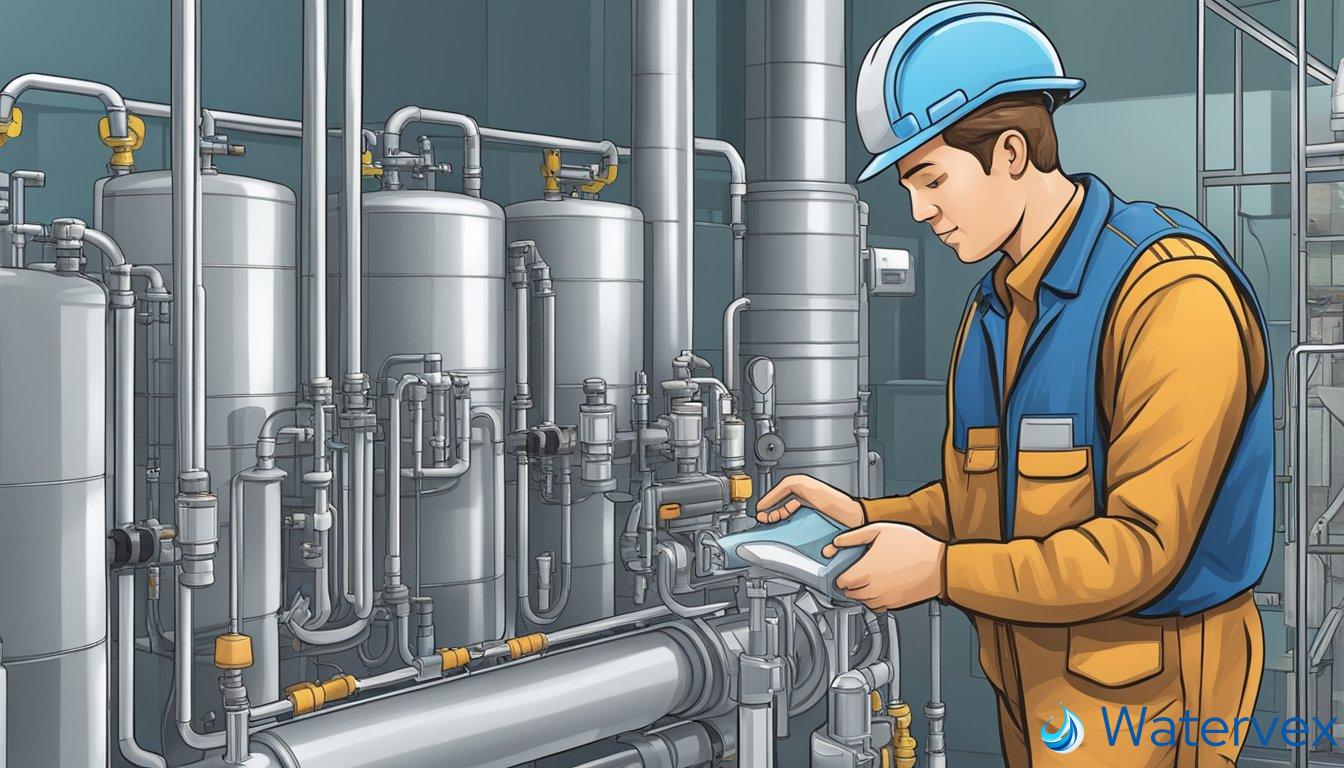Water treatment is an essential process that ensures clean drinking water is available in our homes. When it comes to managing water quality, various innovative treatment ideas can play a pivotal role in ensuring that the water supply is safe for consumption. It’s not just about having access to water but having water that’s free from contaminants, which is a primary concern for families and homeowners alike. From employing cutting-edge filtration systems to adopting sustainable water purification techniques, the potential for improving water quality at home has never been greater.

As environmental engineering continues to advance, low-cost and effective solutions for treating water are emerging, making it accessible to a larger part of the population. Whether it’s through innovative ceramic water filters or more traditional methods like boiling, the goal is to reduce impurities and pathogens effectively. But water treatment isn’t solely about installation; maintenance and understanding the intricacies of your home water treatment system are just as crucial. With the right knowledge and techniques, you can enhance your water’s taste, safety, and suitability for appliances and consumption.
Key Takeaways
- Innovative water treatment solutions enhance home water quality and safety.
- Regular maintenance ensures the longevity and efficiency of water treatment systems.
- Understanding water treatment technology and regulations contributes to better water management.
Understanding Home Water Treatment
Before integrating a water treatment system into your home, it’s essential to understand what contaminants you’re dealing with and which systems can effectively remove them.
Assessing Water Quality and Contaminants
Begin by evaluating your water quality to identify specific contaminants. Common pollutants include arsenic, salts, fluoride, and bacteria which can compromise your family’s health. A laboratory analysis of your home’s water will reveal the presence of microscopic particles, germs, and chemicals.
- If the test indicates high arsenic levels, which can lead to serious health issues, specific arsenic filters are necessary.
- In areas with agricultural runoff, contaminants might include pesticides and nitrates, requiring a robust filtration solution.
Choosing the Right Water Treatment System
Once you’ve identified the contaminants, it’s time to select a proper treatment system. Here’s a concise guide to match treatment technologies with contaminants:
- Ultrafiltration or reverse osmosis systems for solids and certain salts.
- Activated charcoal filters effectively remove organic pollutants and chlorine.
- Softeners are ideal for eliminating excess minerals, which contributes to hard water.
Chemical treatments neutralize harmful microorganisms, including viruses, safeguarding against illnesses like diarrhea from contaminated water. The system you choose should not only make water potable but also align with sustainability goals by considering groundwater supplies and long-term effects.
Identifying specific impurities and understanding the corresponding solutions will help ensure safe drinking water for your home, align with your commitment to sustainability, and provide peace of mind.
Key Home Water Treatment Solutions

When it comes to ensuring your family has clean, safe water, understanding the various home water treatment options is essential. Let’s explore some specific solutions that cater to different water quality issues you might face.
Water Softeners and Hard Water Mitigation
Hard water, laden with minerals like calcium and magnesium, can wreak havoc on your home’s plumbing and appliances. Using a water softener, you replace these minerals with salt ions, thwarting scale buildup. Contrary to a basic filter, these systems specifically target the hardness of the water. Not only does this process extend the life of your appliances, but it also improves water taste and can alleviate skin irritation.
The key to effective hard water mitigation lies in the ion exchange process. It’s like swapping unwanted guests (calcium and magnesium) for more favorable ones (sodium or potassium). Regular maintenance, such as adding salt to the brine tank, ensures this exchange continues smoothly, protecting your home and health from the ravages of hard water.
Reverse Osmosis Systems for Residential Use
Reverse osmosis systems offer a more comprehensive solution for your water concerns. By forcing water through a semi-permeable membrane, these systems catch contaminants from chlorine to parasites, delivering pure water to your tap. The stages of filtration processes often include sand or gravel pre-filters and ceramic filters, each honing in on different impurities.
Innovative residential reverse osmosis units not only tackle the regular contaminants but are also effective in seawater desalination, ideal for homes in coastal regions with limited freshwater sources. These systems may also benefit homes drawing from wells susceptible to contamination. Remember, regular filter changes and system checks guarantee optimal performance, ensuring the health and safety of your water.
Importance of Maintenance and Upkeep

Regular maintenance and upkeep of water treatment systems are critical for ensuring that the water remains safe to drink and is treated efficiently. Engineers point out that without adequate maintenance, water infrastructure can rapidly deteriorate, leading to costly repairs or health hazards.
Why Maintenance Matters:
- Consistency: You count on your water to be clean every time you turn on the tap. Scheduled checks and upkeep help maintain this consistency.
- Efficiency: New technologies like nano technology and membrane filtration work best when they are well-maintained.
Chlorination and disinfection with chloramine are significant steps in treating water, but they need regular monitoring to assure they’re working correctly. Microorganisms’ growth can be controlled effectively, and any changes in the water quality can be addressed swiftly with ongoing attention to these processes.
Preventive Maintenance Tips:
- Inspect Regularly: Schedule regular inspections of your water system to identify potential issues early.
- Clean and Replace: Clean filters and replace parts as needed to prevent malfunction or inefficiencies.
Water reclamation and the design process heavily rely on precise engineering. An overlooked issue could lead to a larger system failure that not only affects water quality but also heightens operating costs.
Advanced Treatment Options:
- Nano technology in water treatment targets impurities on a molecular level.
- Membrane filtration serves as a barrier to remove contaminants. Both require diligent maintenance to function properly.
By incorporating these maintenance strategies into your routine, you ensure the longevity and performance of your water treatment systems. Given your interest in improving your home’s water quality, these practices will help prevent scale buildup, protect your appliances, and enhance water taste and safety.
Educational and Regulatory Considerations

When you’re looking into water treatment systems, knowledge about educational and regulatory factors is essential. For instance, K-12 STEM standards tie into how students learn about environmental engineering and water filtration. Understanding these principles early on can help in developing innovative approaches to managing water resources, including treatments for drought conditions or turbidity control.
Next Generation Science Standards (NGSS) further these concepts, integrating engineering design into science education. They encourage problem-solving, which could relate to real-world issues like treating raw sewage or improving aeration methods in water treatment.
Aquifers serve as natural water filtration systems, but they require protection and understanding. Regulatory bodies set guidelines to ensure the safe handling of particulate matter and other contaminants. Educational efforts often reflect these regulations to foster a community well-versed in environmental stewardship.
| Entity | Importance in Water Treatment |
|---|---|
| STEM Education | Builds foundational knowledge for future innovation. |
| NGSS | Integrates water treatment concepts into classroom activities |
| Environmental Regulations | Ensure public safety and clean water through compliance. |
For your home, knowing about treatment options like aeration systems or water softeners can be invaluable. Such knowledge could lead to improvements in water taste, safety, and longevity of home appliances by addressing issues like mineral buildup. It’s worth noting that these systems must adhere to regulations assuring they effectively reduce contaminants without introducing new risks.
In conclusion, whether you’re concerned about drought resilience or the efficacy of sewage treatment, both educational initiatives and regulations play critical roles in ensuring clean and safe drinking water for all.

